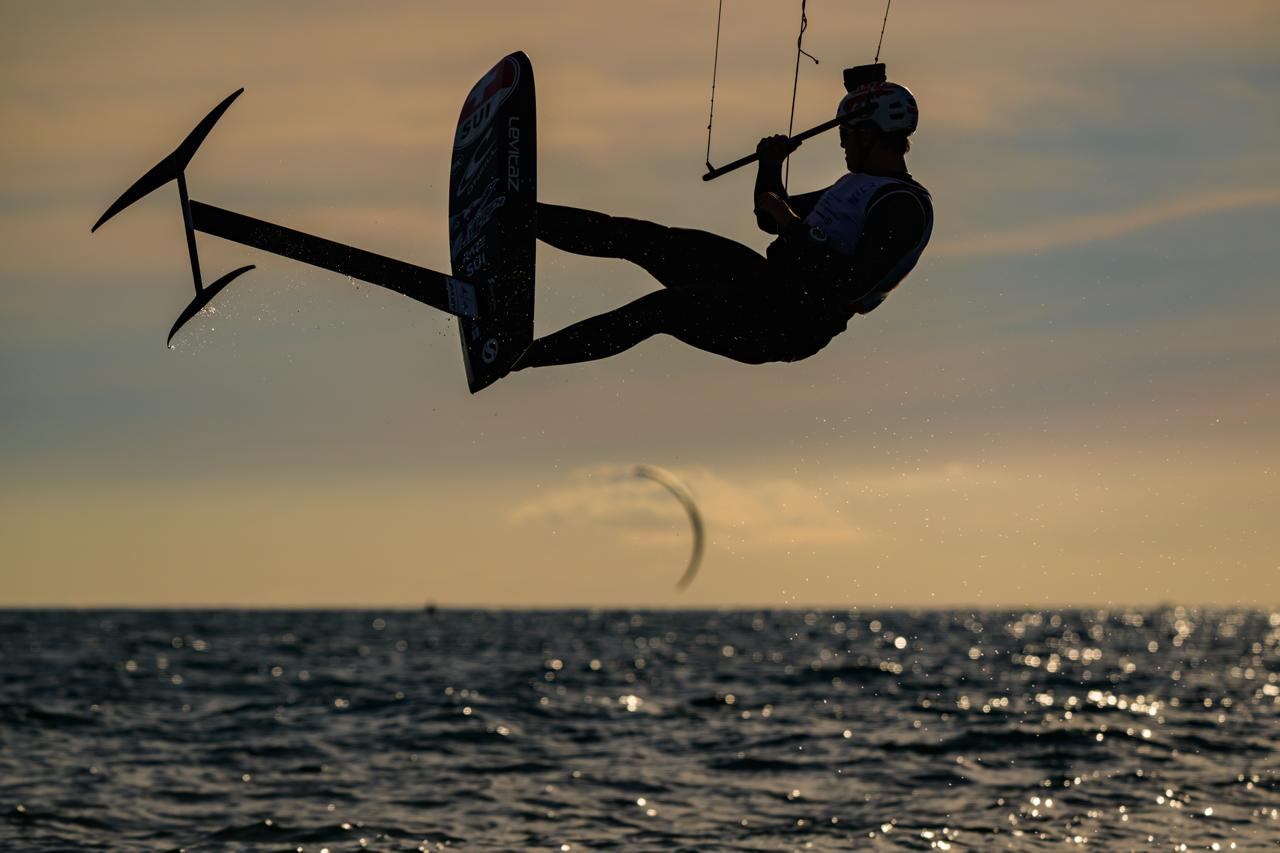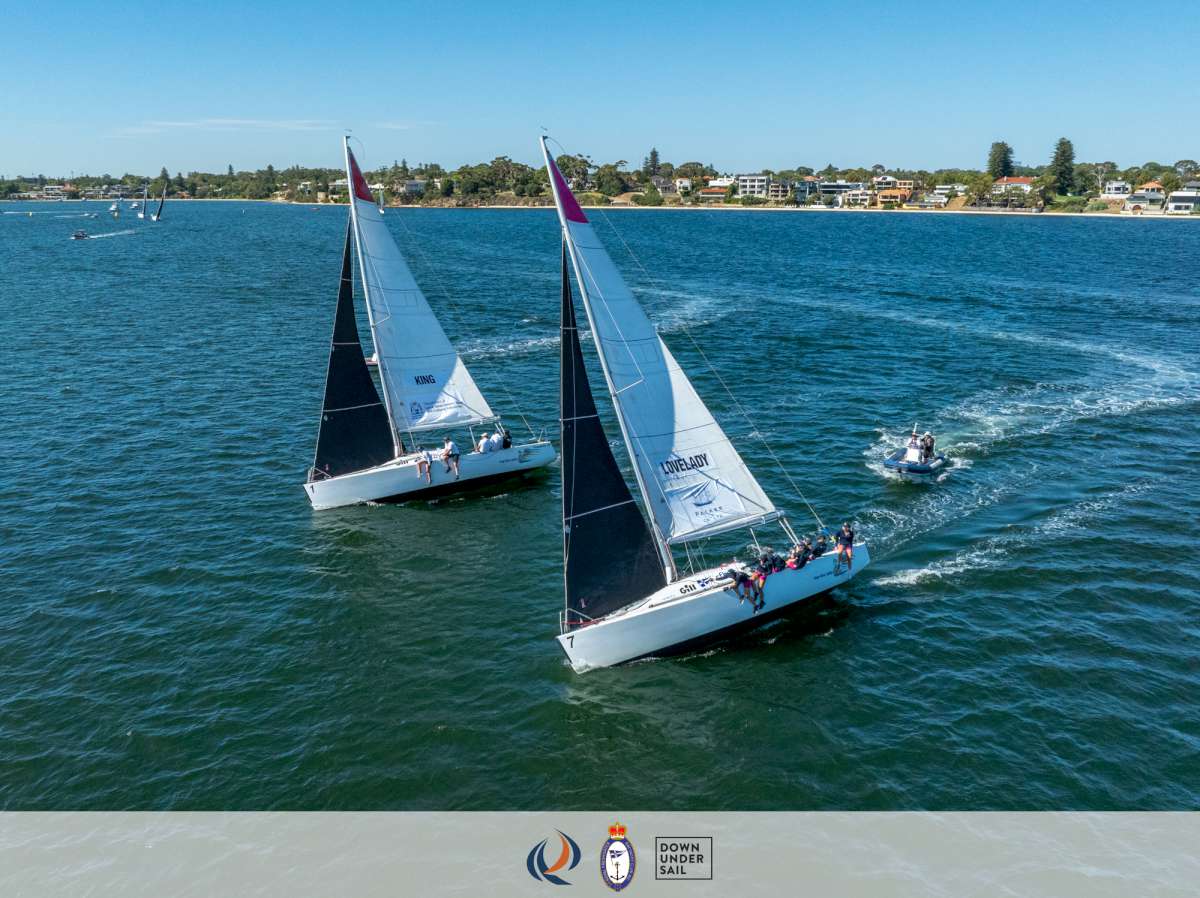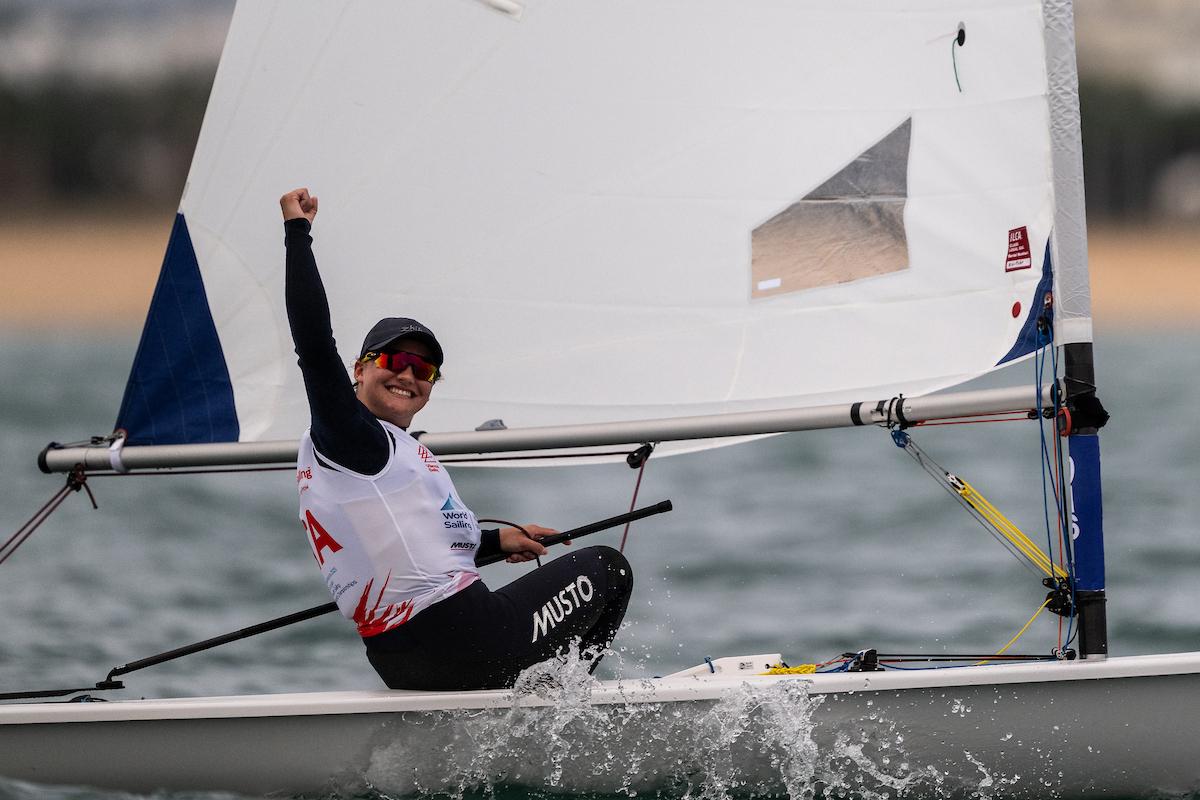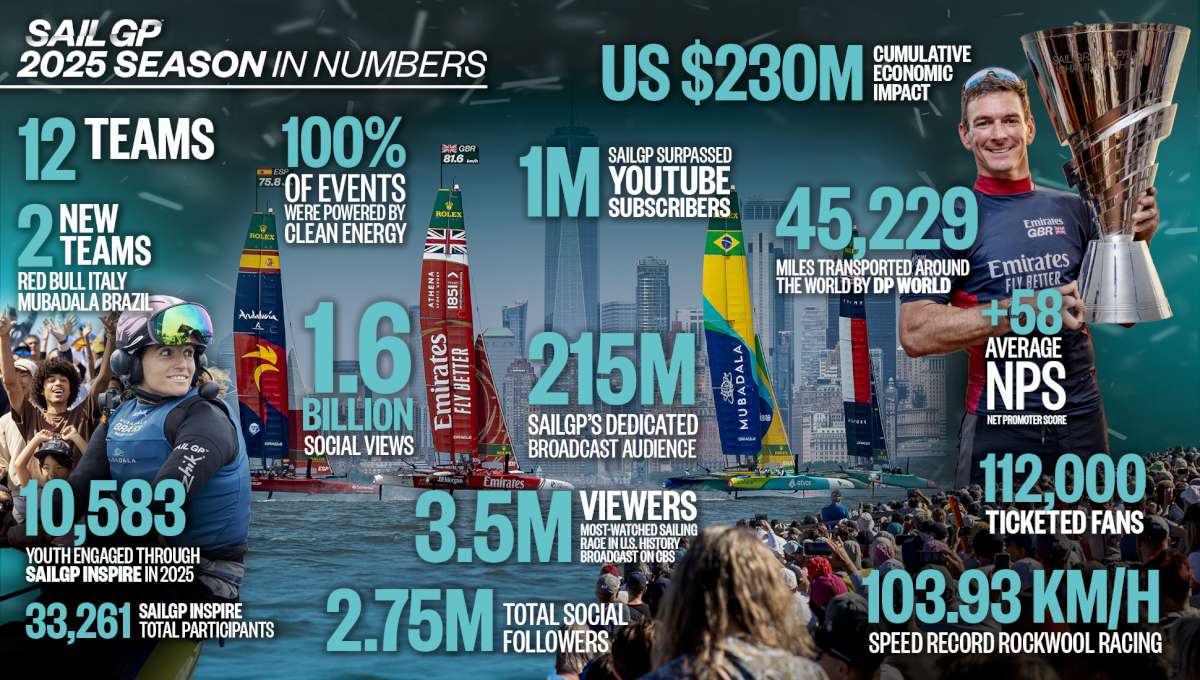How does Australia stack up compared to other countries when it comes to visas and officialdom? Maria Grigg asks international cruisers for their candid opinions.
In the past few years I've met many overseas cruisers and often asked how they rate their experience in Australia.
When they arrive here (unless they are New Zealanders) they've usually spent one or more (sometimes many) years in the Pacific. For some it's a welcome return to more first-world comforts – for others it's the opposite and glitzy shopping centres and high prices are a huge shock.
Visas and officialdom
The initial response of most overseas cruisers I spoke to was overwhelmingly positive with one glaring exception – visas! Mention this one word to many of them and the floodgates open with tales of woe. Overzealous officialdom and surveillance were a related secondary issue.
Anon from New Zealand
Sarah was sailing on the trimaran Anon with her New Zealand husband and their son. She's from Seattle in the US. Her Australian visa expired at midnight and she was flying out to see her sick mother in the US at 11am the following morning. The Immigration Department refused her request for a brief extension and charged the full $200 fee. Ironically she noted that she could have spent that last night at the international airport and saved the money.
At Lizard Island the customs boat came to Anon at 9pm, shining a spotlight into the windows without identifying who they were. When asked, they said they were Australian Customs and wanted to see the cruising permit. They didn't accept that it was too late in the evening for such a routine visit.
“All Australian government functionaries treat you as if you're doing something illegally,” Sarah said.
Quick to add a positive spin, she then added, “For me the best part of cruising in Australia was north of Cairns where the boating community really comes together, and even more so, from Gove to Darwin where we became more aware of the Aboriginal community and their connection with the land. I have a great respect for them and am horrified by the extent of Australian prejudice against them.”
Several other overseas cruisers I spoke to made similar comments.
Larsine from Denmark
Like many other overseas visitors, Steen and Annie, sailing from Denmark on their yacht Larsine, applied for a visa over the internet while in Fiji and arrived in Australia at Bundaberg, widely reported as the most helpful port of entry. It was the visa extension that caused the problem. After experiencing some difficulty getting through to the Brisbane office by mobile phone, they looked up the details on the internet and posted the correct fee for an internet visa – $10.
A message soon appeared on their mobile advising it was not enough. Apparently, only the initial application from overseas can be handled via the internet, subsequent extensions have to be obtained in person in Australia.
“Once you're in the country it's difficult to understand the rules and the costs associated with visa extensions,” Annie said.
“The customs officer was very serious, polite and correct as he explained the dire consequences for us if we stayed any longer without paying.
We sent the correct money – $200! – and received a curt reply saying we'd paid, but that we had better make sure we did the right thing.”
Like others, Steen and Annie had a good overall impression of Australia and wished they'd seen more.
Ocelot from the US
Sue, Jon and Amanda from the US arrived in Manly (Brisbane) on their catamaran Ocelot. “After all the worry about quarantine we were treated fantastically, probably because we made sure we didn't have anything questionable on the boat. They were totally nice to us.” The family obtained a visa electronically from New Caledonia and were told in Brisbane. it was good for a year, although they had no written confirmation for this.
The snag was that Sue wanted to go home to visit her sick mother but was told that if she left the country she'd only get a three-month visa on her return, which would then cost $200 to extend.
The visit home was put off, and they acted as though they had one-year visas. Friends with identical visas were told they were out of compliance and detained for several hours when they reached Darwin. The Ocelots were okay in the end but avoided Gove and Thursday Island because of visa concerns. “We were told in Darwin that we only had three-month visas and were five months out of compliance. Thank goodness, we weren't charged and didn't have to pay the $200 each extra. They told us we could have been jailed,” Sue said, “The left hand should talk to the right hand more.”
The family enjoyed both a two-month road trip and the sail up the Queensland coast, “Australia's a beautiful country, and we had a great time but we didn't realise the distances involved, so we had to sail too quickly to reach Darwin in time for the Sail Indonesia rally.”
Wings from the US
Debbie and Terry on their American yacht, Wings, carefully studied the Immigration Department website and decided to apply for a four-year retirement visa with multiple entry and one-year stays so they could come and go without reapplying each time.
The application process proved too complex, requiring details which would take too long to process in the US (such as FBI, medical and financial checks), so they settled for two-year visas costing $500 each with six-month stays and multiple entry.
“The six-month rule meant we went to Thailand and spent $3-4000US there instead of travelling around Australia,” Debbie said. “We found the whole visa process irritating,” she continued.
Freya from the Netherlands
We met Jouke and Janneke from the Netherlands on Freya, their Catalina 41, at the jetty outside the Workers Club in Lake Macquarie and a couple of years later sailed with them extensively in Indonesia and Malaysia. Both had only positive things to say about Australia after exploring the east coast from Sydney to Darwin by boat as well as travelling widely overland. Their policy is to spend a year aboard Freya and then return to Holland to see family and friends for six months. “We had no problems leaving Freya in Lake Macquarie for six months when we went home; she was quite safe,” they agreed.
Jouke and Janneke were happy with all aspects of their time in Australia but did avoid the Torres Strait on their way up the coast to Darwin. “We were concerned because we had quite a lot of food on board, and we were not sure what would happen to it. It was easier just to go to Seisia and avoid any problems,” they explained. Many overseas cruisers (and Australians too) made the same decision; a pity because Torres Strait is a fascinating area.
Balvenie from New Zealand
Mark and Amanda on the New Zealand yacht Balvenie were among the chorus of voices remarking on the frequency of Coastwatch checks on boats sailing between Cairns and Darwin. Sometimes cruisers were checked two or three times a day by Coastwatch planes, boats and helicopters, police or naval patrols or Parks and Wildlife who were quickly renamed “Sparks and Wildfire”.
Sailing off Mt Adolphus Island Balvenie had all sails up one day going along at 3.5 knots in a 10-knot breeze. “Suddenly a helicopter appeared out of nowhere and came down low to see our name, giving us a nice 40-knot gust. This boosted our speed so much we were worried about how much sail we had up,” Mark said.
Merlin V – our own experience
The frequent comments on over-vigilance by the authorities, particularly in northern waters, echoed concerns expressed by countless Aussie cruisers, ourselves included. Yet on Gary and my return journey from SE Asia we were not buzzed or called up once as we approached the Australian coast from East Timor, even though we did not take the route we had advised the authorities of in our requisite 96+ hour notice of intention to enter Australian waters.
After leaving Darwin we did not see Coastwatch until we'd almost reached Thursday Island, 10 days later! I would have thought a boat arriving into Australian waters from the north or sailing eastwards across the top was more likely to pose a possible threat than groups of yachts sailing predictably north and westwards to Darwin.
In relation to clearing in, we were mightily relieved that Customs personnel in Darwin were so helpful when they cleared us in late on a Friday afternoon and that Fisheries promptly inspected our hull so that we could proceed to a marina.
Having studied all the rules I had been filled with trepidation. We were resigned to give up the remainder of our fresh food supplies, depleted our alcohol supplies to within the permissible limits and declared all our souvenirs. No other country gave us anything like such a grilling.
We did visit Torres Strait and had no regrets. On arrival at Thursday Island we visited the Quarantine office to fill out a simple form declaring what fresh food we had on board and then only bought groceries and fresh food from specified shops, where the necessary paperwork was completed. Quarantine checked these forms and cleared us out with no further reporting requirements. Simple, and well worth the effort, but you can understand people who've already experienced Australian red tape not wanting to put themselves in a situation where they might fall foul of the system.
Several yachts we met in SE Asia had bypassed not just Torres Strait but Australia altogether, either because they felt it was too expensive or they'd heard of the overbearing bureaucracy.
Australia has plenty to offer overseas cruisers and their camaraderie enriches our own sailing experience. Echoing the views of overseas sailors I spoke to, the Customs, Quarantine and Immigration Departments could do so much more to make international cruisers feel welcome without compromising our security or our natural environment.
FURTHER INFORMATION ON AUSTRALIAN REQUIRMENTS
. Australian Customs: www.customs.gov.au
. Australian Quarantine and Inspection Service:
www.aqis.gov.au/shipping
. Australian Department of Immigration: www.immi.gov.au























